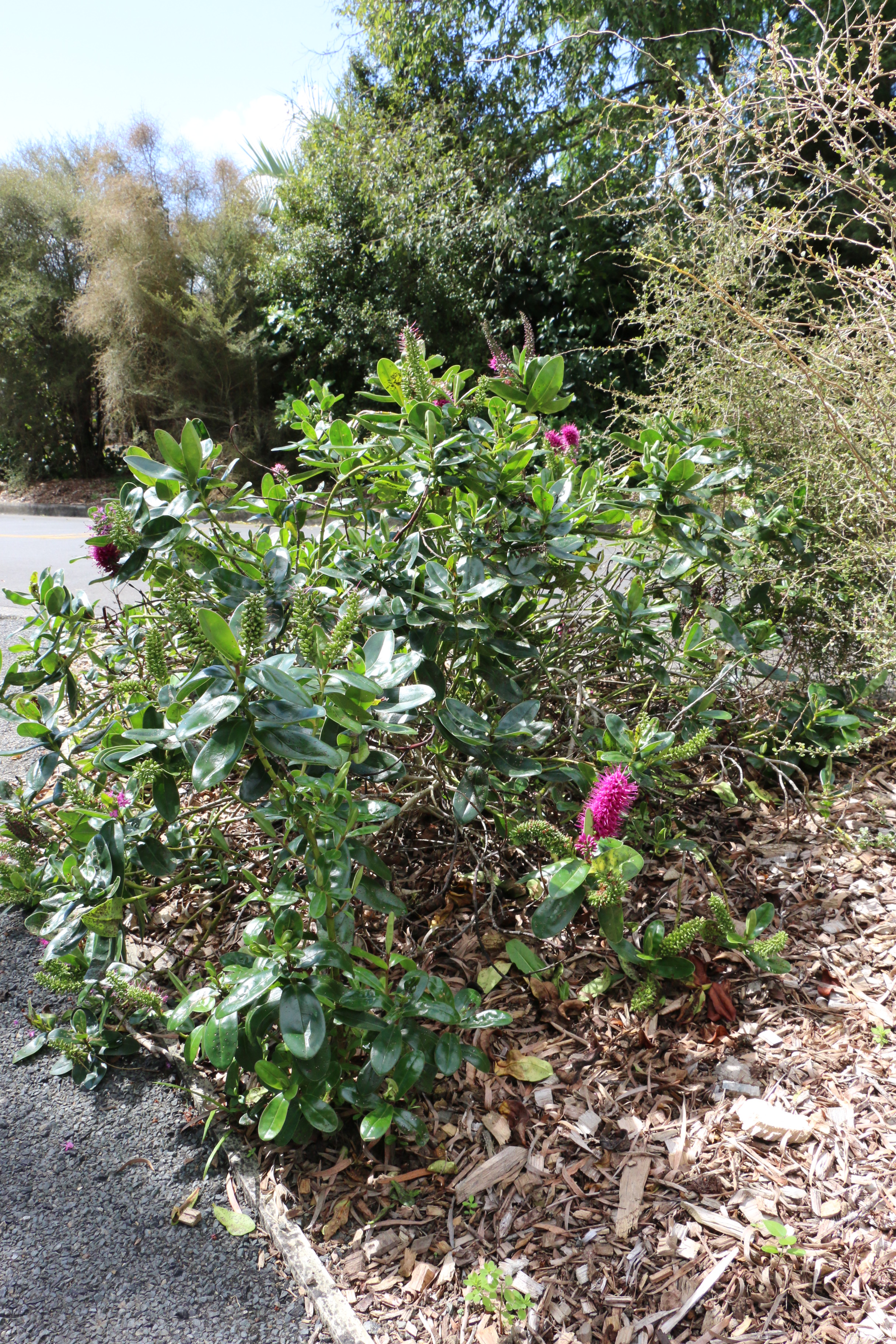Always choose healthy, well-grown, plants and plant after autumn rains, when the soil is moist and warm allows trees and shrubs to establish a good root system well before summer. Planting is often improved on clay soils by adding extra topsoil and forming raised beds. Incorporate coarse sand, bark, peat, compost or other organic material to improve soil structure. Before planting ensure the root ball is saturated and remove the planter bag or pot with minimal root disturbance. Trim any broken roots or branches and plant at the same level as in the container. Dig a hole twice the diameter of the root ball to plant in. Long term slow release fertilizers may be added at this stage. As soil is placed in the prepared hole tread firmly to bring soil in close contact with the root-ball. Unless the soil is very wet water thoroughly making sure that moisture penetrates to the depth of the root-ball.




.jpg?width=1200&height=1200&v=1d4024dceb89e50)

.jpg?width=1200&height=1200&v=1d5569224d63650)
 .jpg?width=1200&height=1200&v=1d4024df6ce2770)
.jpg?width=1200&height=1200&v=1d55676a892f2b0)
 .jpg?width=1200&height=1200&v=1d4024e3b65f7f0)